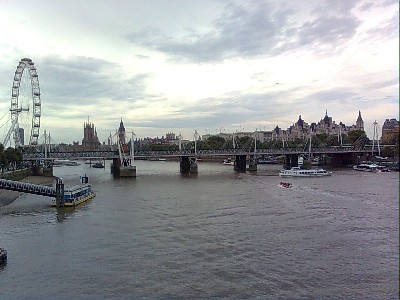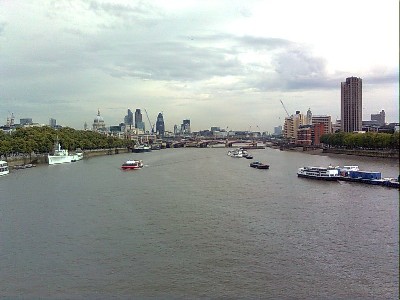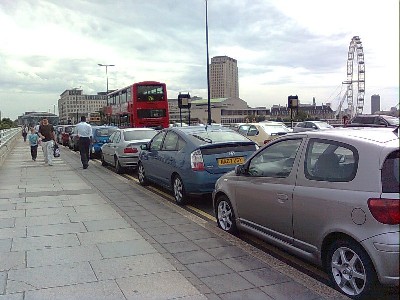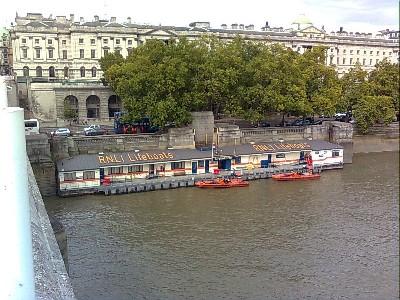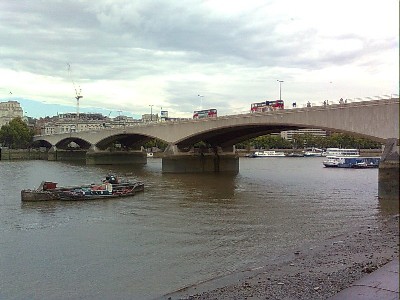
The first bridge on the site of Waterloo Bridge was built by the Strand Bridge Company and originally called the Strand Bridge. In 1817 when it was officially opened, permission was given to rename it in honour of Wellington's victory against Napoleon at Waterloo two years before. The bridge was supported by nine arches faced with Cornish granite with balustrades of granite from Aberdeen, and decorated by a pair of Doric columns on each pier. Above each pier was a cove that offered refuge for pedestrians. The bridge was bought by the Metropolitan Board of Works in 1878 at which time engineers reported that the foundations were in need of repair. The removal of the old London Bridge had increased the tidal scour of the river and caused the foundations of Waterloo Bridge to be undermined. By 1884 all the piers had been reinforced. In 1923 one of the central piers of the bridge showed signs of subsidence and the following years saw the bridge closed for repairs and reopened with vehicle weight restrictions and a 3 mph speed limit. Eventually a decision was made to build a temporary bridge alongside to carry southbound traffic while northbound traffic continued to use the old bridge. After years of wrangling, in 1934 the bridge was finally closed and demolition began taking several years to complete, and it wasn't until 1938 that work on the new bridge began. It was to consist of five spans of reinforced concrete clad in Portland stone. As many men were away at war, most of the work was carried out by women and the so called Ladies' Bridge was partially opened in 1942 and the completed bridge officially opened in 1945. At 380 metres in length it is the longest bridge in London. |
